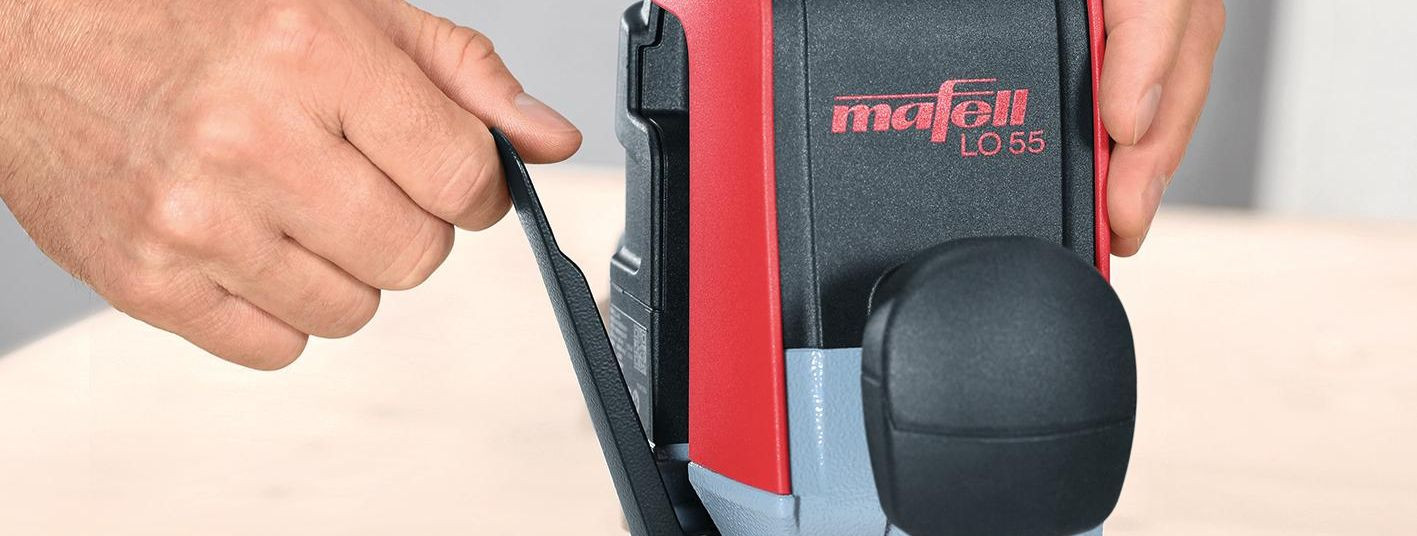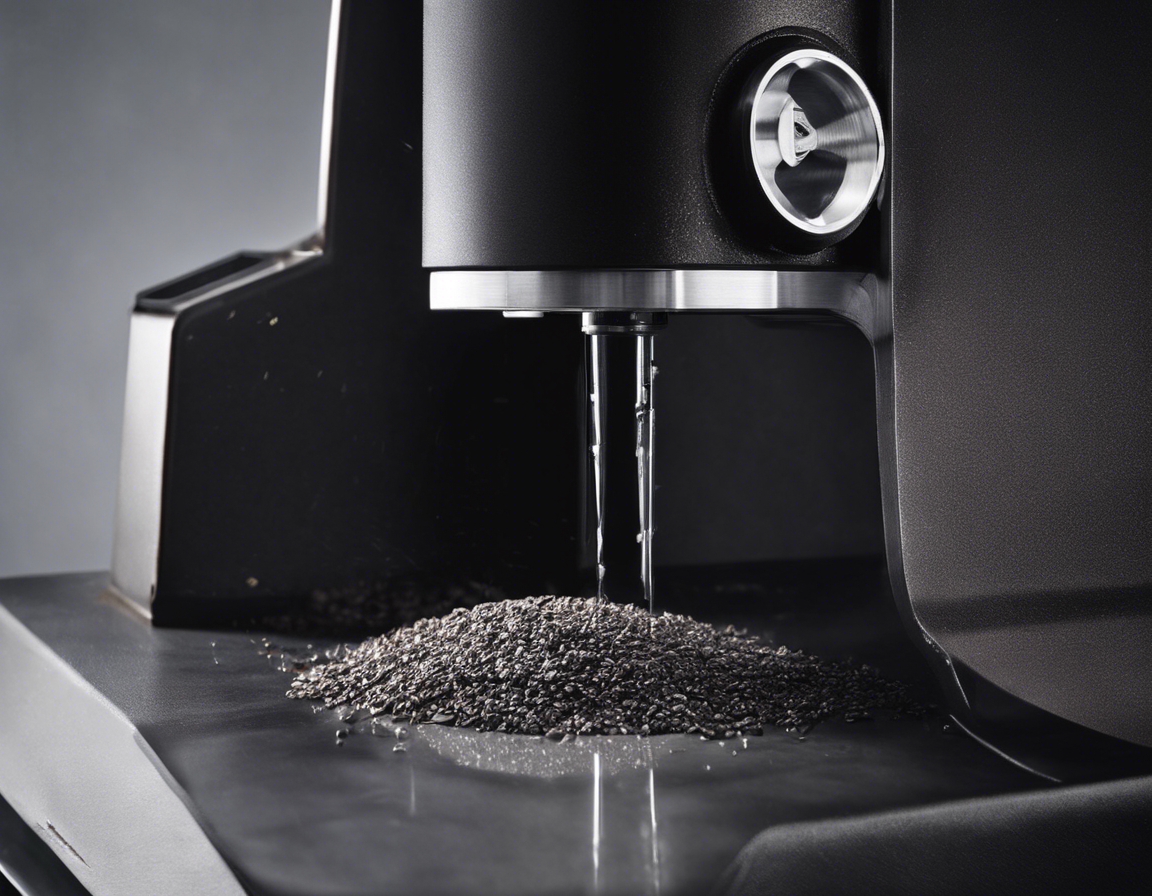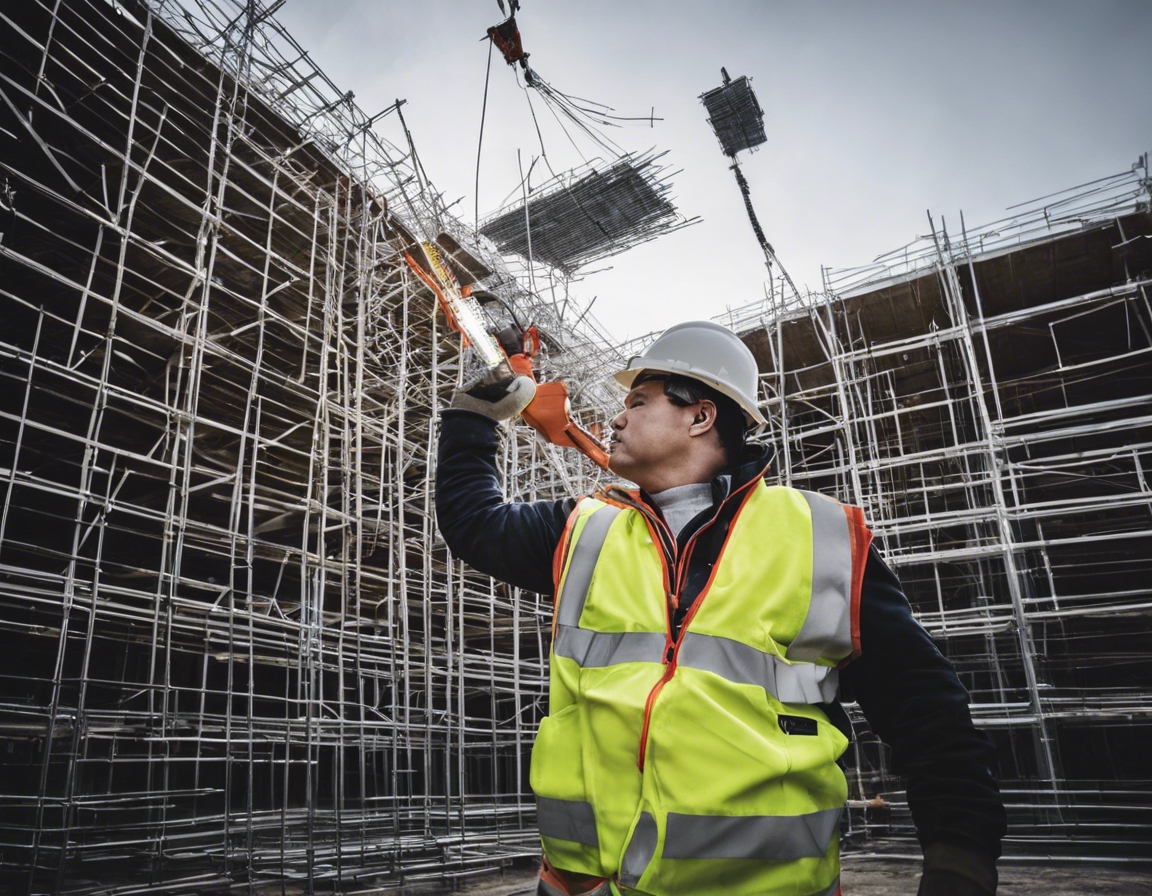The ultimate guide to choosing the right planing machine
Planing is a fundamental woodworking process that involves shaving off material from a piece of wood to achieve a desired thickness, smoothness, or shape. A planing machine, or planer, is an essential tool for anyone looking to work with wood, whether for construction, cabinetry, or custom furniture making.
Choosing the correct planing machine is crucial for professional contractors, construction companies, and skilled DIY enthusiasts. The right planer can enhance productivity, ensure precise workmanship, and provide long-lasting durability.
Types of Planing Machines
Handheld planers are portable and convenient for small-scale projects or where fine control is needed. They are ideal for trimming doors, fitting wood, and other on-the-spot adjustments.
Benchtop planers are more powerful than handheld models and are designed for more consistent, repetitive work. They are suitable for planing down boards to a consistent thickness and are a staple in many workshops.
Stationary planers, also known as thickness planers, are heavy-duty machines intended for larger projects and higher volume work. They offer more power, stability, and features for professional-grade results.
Specialized planers, such as drum sanders or jointer-planers, offer additional capabilities for those with specific needs, such as creating a perfectly flat surface or preparing wood for joining.
Key Features to Consider
The motor's power in a planing machine dictates its ability to handle tough cuts and continuous use. Look for a planer with sufficient horsepower to meet the demands of your projects.
The maximum cutting depth and width determine the size of wood that can be planed. Ensure the machine you choose can accommodate the dimensions of your typical workpieces.
Blades are the heart of any planing machine, and their quality can affect the finish of your work. Consider the type of blades used, such as high-speed steel or carbide, and their ease of replacement.
Look for planers with precise depth adjustments and easy-to-use controls. This will allow for greater control over the final product's thickness and finish.
Effective dust management is essential for maintaining a clean work environment and prolonging the life of your machine. Opt for a planer with a robust dust collection system.
Choosing a reputable brand with a solid warranty can provide peace of mind and ensure support in the event of any issues.
Planing Machine Accessories
Having the right blades and knives for your planer is crucial for achieving the desired finish and dealing with different types of wood.
Guides and fences help maintain consistency and accuracy during the planing process, especially for edge work and repeated cuts.
Additional dust collection accessories can enhance the built-in systems of your planer, ensuring a cleaner and safer workspace.
Operational Safety Tips
Always wear appropriate PPE, such as safety glasses, ear protection, and dust masks, when operating a planing machine.
Regular maintenance, including cleaning and blade sharpening, will keep your planer in top condition and prevent accidents.
Follow the manufacturer's guidelines for safe operation to avoid injuries and ensure consistent results.
Factors to Consider Before Purchase
Consider the types of projects you undertake most frequently to determine the features and capabilities you need in a planer.
Planers come in a range of prices, so it's important to balance the cost with the features and durability you require.
Workshop space can be limited, so consider the size and portability of the planer, especially if you need to move it between job sites.
Ensure that the manufacturer or supplier offers good customer support and service options, which can be invaluable for troubleshooting and maintenance.






Comments (0)